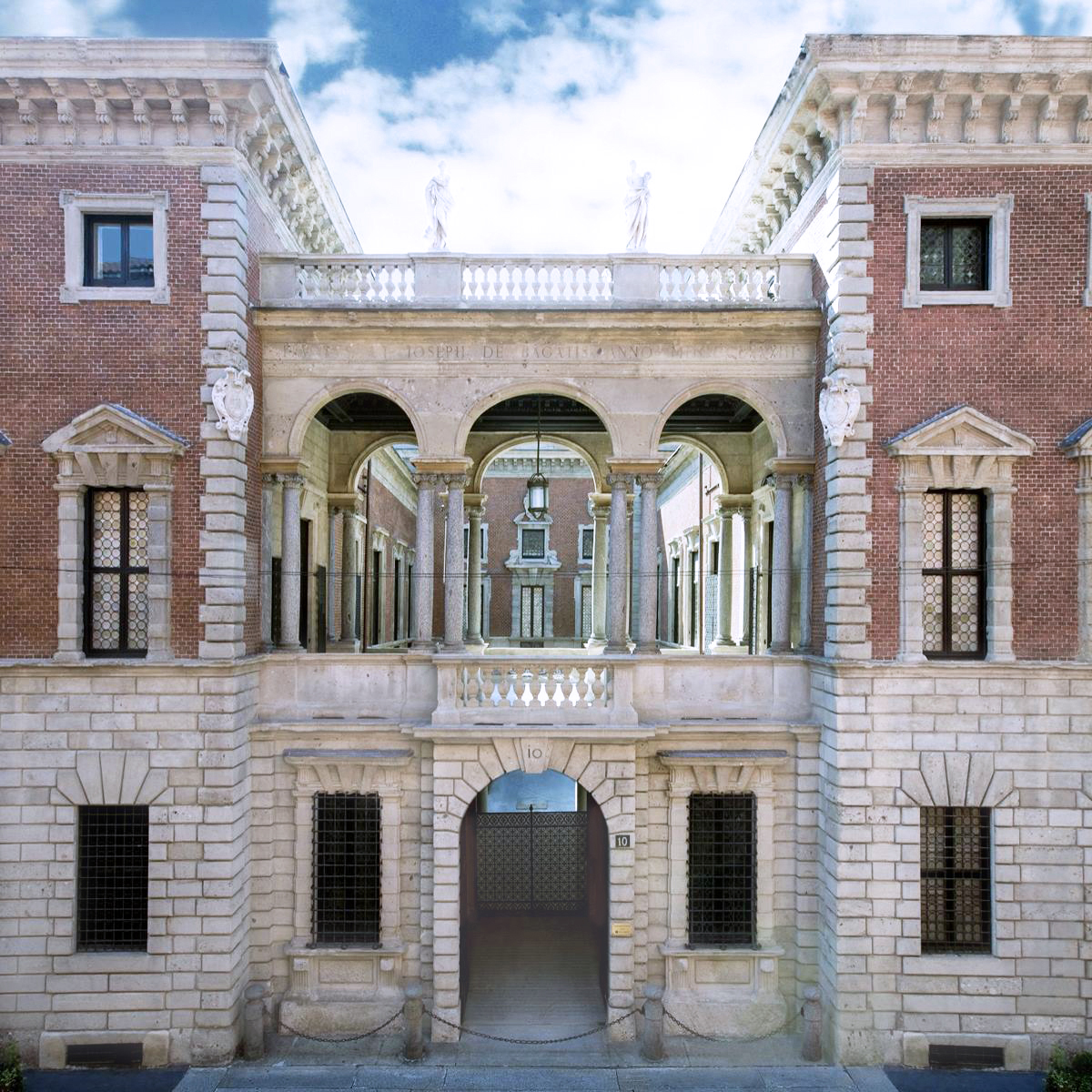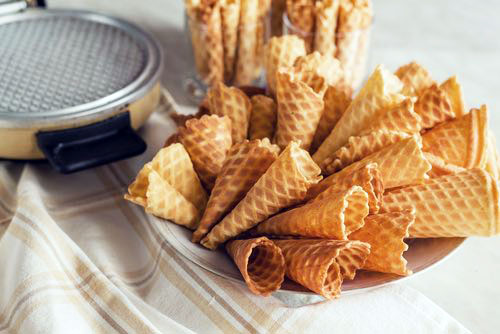The Bagatti Valsecchi Museum is a historic house museum that is the fruit of an extraordinary adventure of collecting by two brothers at the end of the 19th century. Barons Fausto (1843-1914) and Giuseppe (1845-1934) Bagatti Valsecchi began in 1880s with the refurbishment of their family home in the heart of Milan between via Gesù and via Santo Spirito. The location is in the middle of the Quadrilatero d’Oro (Golden Rectangle), the prestigious fashion district, famous for its designer shops. The renovations were carried out in the Neo-Renaissance style, which following the unification of Italy, became very popular among the aristocracy. At the same time, the brothers began to collect paintings and decorative arts from the 15th and 16th centuries in order to decorate their mansion and to create an ambiance inspired by the aristocratic Lombardy homes of the 16th century.
The brothers were involved firsthand in the restyling of the mansion. Even though they had graduated with law degrees, they never professionally practiced law. Instead, their interests centered on charity work, travel and sporting activities; each were master equestrians. Their greatest passion however was the renovation of the family home, its decoration and the collection of art works destined for it. Their experience and expertise grew over time and the two were often sought after by other noble families in Milan to assist in the redesign and their family homes. The two went on to design the private villas for their family in Menaggio, on the shore of Lake Como and in Varedo, a few miles north of Milan.
The brother’s had very different personalities. Fausto was brilliant and worldly, while Giuseppe was more reserved and inclined to quiet domestic life. It is through Giuseppe that the family name continued. He and his wife Carolina had five children. Carolina was from one of Milan’s oldest and powerful noble families, the Borromeo’s. Fausto passed away just before the beginning of the First World War. Giuseppe on the other hand, participated in the war as a volunteer in a local hospital and although he was 70 years of age, he also manned an anti-aircraft gun in the suburbs of Milan.
The Bagatti Valsecchi estate continued to be the family home until 1974. In that year, Pasino, one of Giuseppe’s children, was by then was in his seventies. He decided to create the Bagatti Valsecchi Foundation and donated the art that his father and uncle had collected. At the same time, the mansion was sold to the region of Lombardy with the clause that the historic displays on the first floor were to be preserved “as is” in order to maintain the link between the rooms, furnishings and art collection. However, it was another 20 years before the Bagatti Valsecchi Museum was opened to the public.
The museum’s eclectic permanent collection contains Italian Renaissance decorative arts, such as majolica, furniture, tapestry, metalwork, leather, glassware and precious table-top coffers made of ivory. There are numerous sculptures and many paintings. The collection also includes European Renaissance weapons, armor, clocks and textiles, as well as scientific and musical instruments. The result is an array of decorations and precious art objects that integrate perfectly and co-exist side by side in an amazing stylistic unity. The library was inspired by a room in the Church of Santa Maria della Passione in Milan; the fireplace is decorated with angels playing musical instruments and is a copy of a painting housed in the Pinacoteca di Brera (Brera Art Gallery), while the tapestries draw inspiration from Renaissance decorative motifs.
A visit to the museum gives a glimpse into the way wealthy Milanese families lived before the Second World War, with most rooms still having the authentic interiors created by Fausto and Giuseppe. There are several halls and galleries in the former family home, including The Great Hall, Cupola Gallery, Valtellina Bed Room, Library, Red Room, Fresco Room, Labyrinth Passage and Gallery of Arms. Make sure to check out the Fausto’s bathroom with its gorgeous marble bath and antique faucets. The museum is a bit of an undiscovered treasure and is rarely crowed, so you can peacefully enjoy its extraordinary atmosphere. If you are in Milan, spend a few hours walking though the Bagatti Valsecchi and admire the collection assembled by the brothers. When you go through the rooms of the museum, you will admire not only works of art, but also you will able to understand the basic idea of the project conceived by the two brothers, which consisted of creating a harmonious style among Renaissance elements and the 19th century furnishings. Their result still resonates strongly today.





